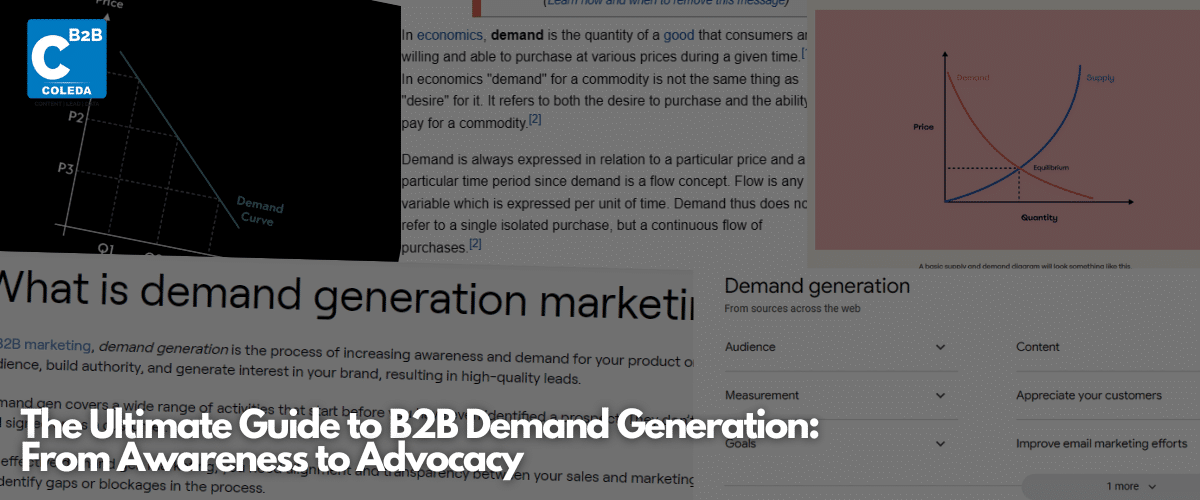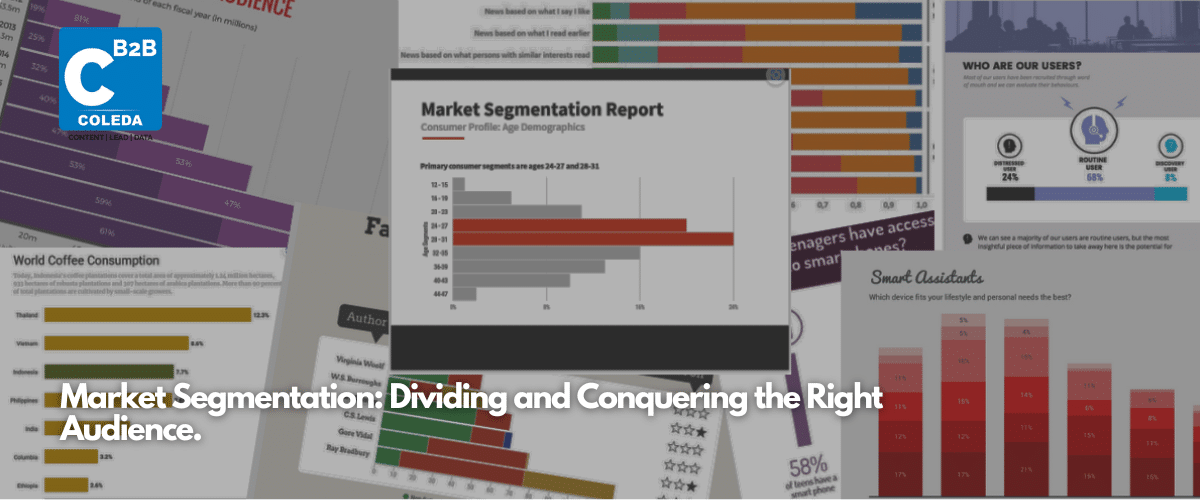
Untapped resources. Data. Decision Making. For a business to thrive, it must harness the power of these three essential commodities. Each element informs the other.
Quickly, businesses have realized the power of data. And still, we have not realized the full potential of it. A huge amount of data remains unacknowledged by organizations everywhere.
Unacknowledged data became to be known as dark data.
Dark Data can unlock an organization’s decision-making potential. Helping them create an unbiased view of events and scenarios.
But first, let us understand
What is Dark Data?
Businesses are constantly acquiring data from various sources. Some of the data is used for analysis. But, there is a large amount of data remaining hidden, ignored, or deemed irrelevant.
This is known as dark data.
Gartner defines dark data as information assets an organization collects but fails to use for any purpose.
Dark data is hidden and must actively be chased for it to come to light.
Dark data is not explicitly hidden.
There may be data sets that businesses are unaware of; some data sets that have been deemed unusable; some data is hidden behind inter-department silos; and some of the data is unstructured and may seem unrelated to each other.
It will not reveal itself. Dark data must be chased actively. We can bring dark data to light by: –
1. Identifying goals and KPIs
Dark Data is a vast ocean. It might be in the 100s and 1000s of GBs. Identifying goals and KPIs will help us narrow our search.
For example, focusing our search on a particular Geo will let us focus on data from that region.
2. Performing Data Audits
Data audits are lengthy processes. Yet their rewards are rich. After identifying your goals and KPIs. Run extensive audits. From CRMs to local databases, auditing the tools and resources for data is imperative. Identifying unstructured data and analyzing it: –
- Social Media
- Chatbots
What do these three have in common? Conversational data— the type of unstructured data flying under the radar.
Think about all the comments and emails your customers/partners or potential customers have written addressing their pain points. They can be analyzed for critical insights.
3. Exploring legacy systems and backups
Legacy systems and backups have a lot of usable data. It can be old CRMs once used or old computer systems. Rife with data worth exploring. In these systems, relevant and reusable data is found.
4. Identifying and leveraging external data
Though not technically hidden data, external data is available to us. Think of whitepapers, comprehensive studies that have information embedded into them.
Or reports like HubSpots 2024 Sales Report.
Such reports and data enable us to understand the status of the market and how our prospects are behaving.
It is the marketer’s job to harness potential data. After all, businesses who know how to use all the data available are at an advantage.
In this ever-growing market of products, why does one company thrive and the other does not?
There are generally two agreed-upon reasons: –
- Exceptional Customer Experience.
- Leveraging data for success.
The product/service that can use data to provide relevant information to its users wins.
The product/service that can use data to elevate the user experience wins.
Marketers must leverage dark data to boost their efforts.
The bottom line is that it is always about the potential customer and their wants.
These formative years of machine learning and AI have taught marketers the importance of having customer and prospect data.
Especially when it comes to high-quality lead generation, data plays a huge role in targeting relevant prospects.
Where B2B is concerned, the sales funnel is long, and the sales journey is complicated. Data can help us make or break a potential customer.
Marketers should use dark data to:
Understand Prospect/Customer behavior
Dark data can give you a complete view of the prospect/customer behavior, helping marketers make informed decisions about their efforts. Again, dark data is not just unused data. It remains hidden unless brought to light. It has the potential to offer new insights.
That flows into-
Create comprehensive models of the customer/prospect
Why are some marketing campaigns working and some failing?
Failing campaigns are significant blockers in marketing efforts; they lead to a lack of understanding of the users/prospects. We have created our ICPs and collected data with CDPs. Why does the disconnect still exist?
The potential reason is that the data is not complete. It is an incomplete view of the prospect. By analyzing the gaps (Dark data), we can infer and experiment with a more complete view of the data.
Identify pain points on a micro and macro level,
When we search the obvious, i.e. light data, we find gaps on a micro-scale. These could be minor pain points prospects and customers discussed but went unnoticed.
Make Personalized campaigns robust.
Data and predictive analysis are the cornerstone of a personalized campaign.
Ever since the rise of ABM, personalization has been increasing. So much that even B2B organizations expect it.
Dark Data is most effective here. Hidden data will help us analyze the prospects in depth. The more relevant the data, with that much accuracy will it be able to work.
It will predict behavior like customer engagement and the buyer journey and engage with them appropriately.
But this will not happen with incomplete or little data. In B2B, where buyer journeys are complex and non-linear, having data is the game changer.
Data going dark is an opportunity to understand why data is being underutilized. And improve brand-prospect interaction.
One of marketing’s goals is to reduce the friction between prospects and touchpoints. For that, omnichannel was implemented.
But omnichannel, ABM, and personalization require vast amounts of data.
A lack of data governance, incomplete data integration, and lack of awareness causes data to go dark.
It can also make your lead generation efforts go to waste. The lack of high-quality leads is an indicator of a bigger problem.
Yet, with services like Data Enrichment, more ground is covered, and comprehensive and actionable insights are found.
These insights can help us realize the specific lack of data management. As more data comes to light, the missing gaps will also reveal themselves.
Complete data will give marketers a holistic view of the prospects, their pain points, and how to solve them.









